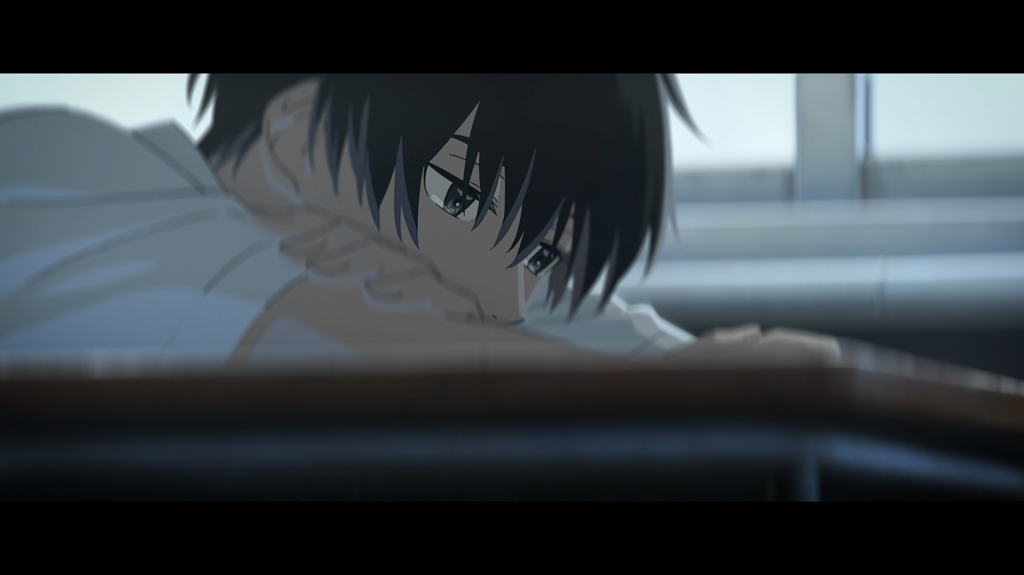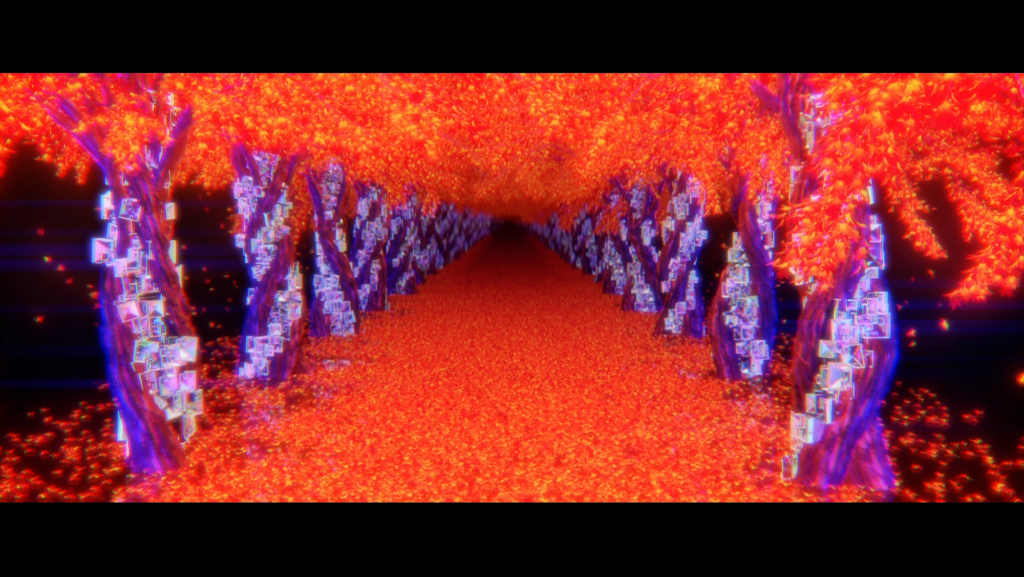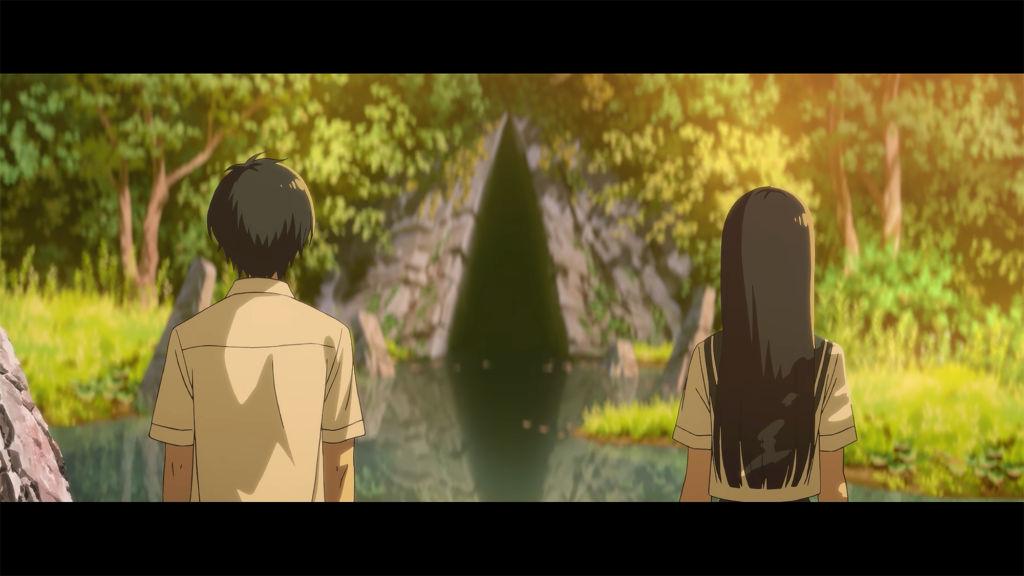REVIEW: The Tunnel to Summer, The Exit of Goodbyes
The Tunnel to Summer, The Exit of Goodbyes is, visually, a beautiful film, but leaves much to be desired in its way of storytelling.

An umbrella. A few stray pieces of manuscript. A lone sandal with the ink on the bottom of it already fading away. Two lonely high schoolers discover a mysterious tunnel who will grant a person’s deepest desire — but with a price. The premise of The Tunnel to Summer, The Exit of Goodbyes film, directed and written by Tomohisa Taguchi (Bleach: Thousand Year Blood War and Digimon Adventure: Last Evolution Kizuna), is a simple but certainly an emotionally-evoking one.
Based on the light novel written by Mei Hachimoku and illustrated by Kukka, The Tunnel to Summer, The Exit of Goodbyes revolves around a magical tunnel called the Urashima Tunnel that will grant those enter it their wish. One night, Kaoru Tono stumbles upon the tunnel and discovers that once he enters it, time passes much more quickly outside of the tunnel: a few seconds can result in a few hours. When he finds his aloof classmate Anzu Hanashiro in the tunnel, the two decide to work together to get their respective wishes granted.

While The Tunnel to Summer, The Exit of Goodbyes is advertised to be a romance, it’s more accurate to say that the film revolves around loss. Kaoru’s younger sister Karen died after she climbed a tree to retrieve a rhinoceros beetle to make up with him after the two argued. Overcome with guilt and grief, Kaoru vows to bring his sister back. On the other hand, the loss that Anzu is dealing with is a little more nuanced. Not only is she coping with the grief of losing her grandfather who was an unknown mangaka, it’s her confidence that she’s lost. The emotional abuse she experienced at her parents’ hands has left her feeling unmoored and lacking any faith that she can ever make a mark in the world with her art.
In that regard, The Tunnel to Summer did a fantastic job. One of the greatest strengths The Tunnel to Summer has its animation. The quality is top-notch and the scenes of Anzu and Kaoru in the tunnel are truly stunning. The scenery at the beginning is awash in gray and blue to convey Kaoru’s sadness and when Kaoru and Anzu are in the tunnel, where it’s suffused in a mix of pink and purple, it evokes an unsettling eeriness, otherworldliness, and a tentative unfurling of hope. One of the most striking things in the film was how Kaoru and Anzu reenacted their first meeting, the contrast depicting just how far they have come. Praise must also be given to Oji Suzuka and Marie Iitoyo who voice Kaoru and Anzu, respectively, especially Kaoru during one pivotal scene with his father.
Unfortunately, animation can only carry the story so far and the film stumbled through the pacing and the relationship development between the two characters.

I’m a huge sucker for music but there were times that I felt the music was placed in odd places that didn’t fit with the scene. The pacing felt imbalanced. The first 3/4 of the film was slow and dragged on before rushing headlong into a conclusion that could be seen a mile away. The plot is, by no means, unique, but there is nothing wrong with that. Predictability doesn’t automatically denote a film being bad as long as the journey to get to this predicated outcome is satisfying and fulfilling; characters are still being developed and a palpable change is seen and felt tangibly and emotionally for the audience.
Which wasn’t the case with Tunnel to Summer. I found the romance between Kaoru and Anzu to be one of the weakest points of the story. I would have been perfectly content if the two had stayed friends but the pivot to a romantic angle in their relationship felt sudden and out of the blue. The message from Tunnel to Summer that I interpreted was the importance of connection — and as far as Kaoru and Anzu’s relationship had developed, they made better sense as friends.

Speaking of relationships, while I was satisfied with how the film depicted Kaoru’s abusive relationship with his father, the film didn’t highlight his relationship with Karen as much as it should’ve, especially given how his goal in the entire film was to bring her back. Similarly, Anzu’s relationship with her grandfather and her parents were also severely underdeveloped, which made the storytelling for Anzu’s side feel imbalanced in comparison to Kaoru’s.
As much as I understand that the tunnel functions as a narrative tool to bring Kaoru and Anzu together and give them a way out of them feeling trapped in their grief, the tunnel could have easily been switched out for another symbolic mode of transportation. The film doesn’t ever dive into the mystery of the Urashima Tunnel, leaving too many questions unanswered around this urban legend. The premise implied that there would be some real-world consequences for anyone who uses it and has their wishes granted but that plot point seemed to be left forgotten.
The message The Tunnel to Summer, The Exit of Goodbye was expressing was a touching one. While it leaves much to be desired, narratively, it weaves a stunning tale about two lonely individuals who finds love and warmth at the end of a long tunnel.
The Tunnel to Summer, The Exit of Goodbye released in theatres in North America on Nov. 3.





